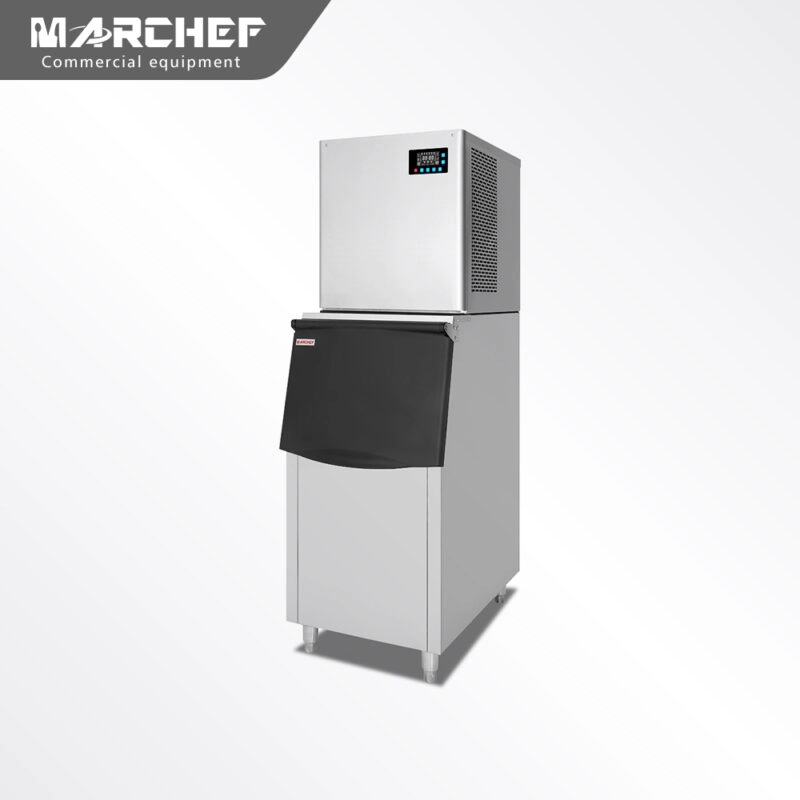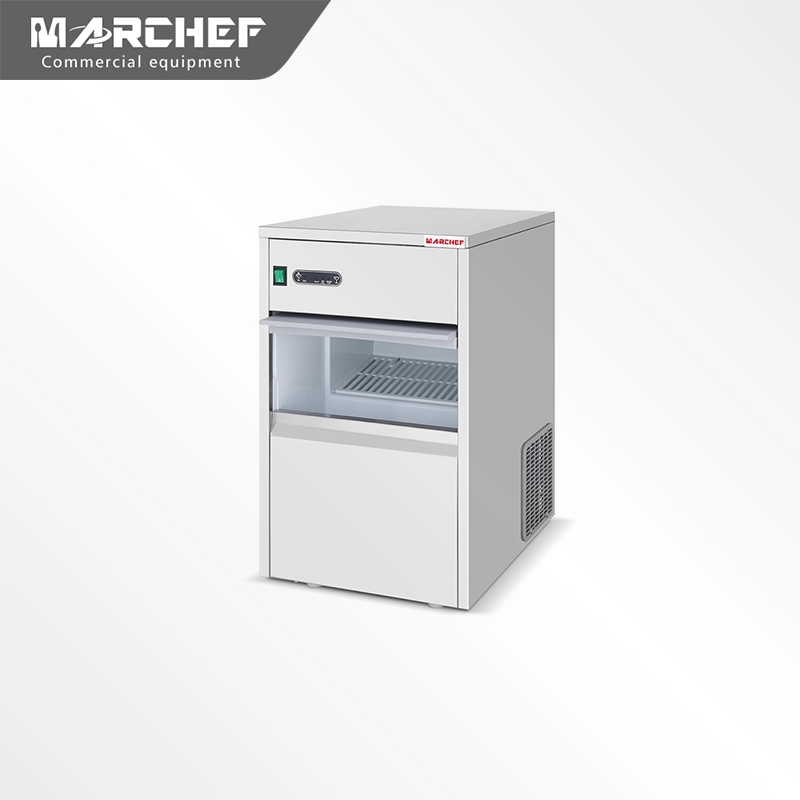When running a restaurant, an ice maker might not be the first piece of equipment that comes to mind, but it’s an essential one. Whether you’re serving iced drinks, preparing food, or keeping your kitchen cool, having a reliable ice maker can make a significant difference in your daily operations. But with a wide variety of options on the market, how do you choose the right one for your restaurant? Here’s a comprehensive guide to help you select the perfect ice maker that suits your needs.
1. Understand the Types of Ice Makers
The first step in choosing the right ice maker is understanding the different types of ice it can produce. Ice machines come in various shapes and sizes, each suited for different applications in the restaurant industry. The most common types of ice produced by commercial ice makers are:
Cube Ice:
Solid ice cubes melt slowly and will not dilute the beverage quickly. They are commonly found in milk tea shops, coffee shops and other places and can ensure the taste of the beverage.
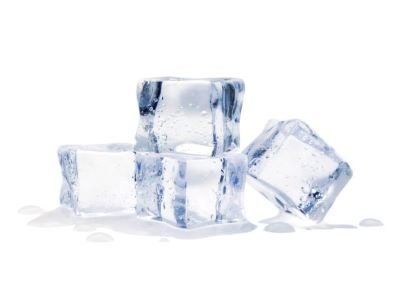
Marchef Electric Freestanding Ice Maker ICM-300P
Marchef Electric Freestanding Ice Cube Maker provides a convenient ice cube solution for your home or business!
Nugget Ice (or Chewable Ice):
Known for its soft, chewable texture, nugget ice is popular in hospitals, convenience stores, and fast-casual restaurants. It’s also perfect for serving in soft drinks or cocktails where ice is consumed with the beverage.

Flake Ice:
Flake ice is perfect for applications where ice needs to be easily compacted, such as in salad bars or seafood displays. It’s soft, light, and ideal for keeping food chilled.For example, in the fishing industry, fishermen use flake ice machines to turn seawater into ice when they are working on fishing boats, which can keep seafood fresh in time.

Crystal Clear Ice:
If your restaurant focuses on craft cocktails or upscale dining, crystal clear ice is a great option. It’s made by freezing water slowly to avoid air bubbles, giving it a beautiful, transparent appearance.

Crescent ice:
solid ice, shaped like a crescent and beautiful. The surface of the ice cubes is angular, the contact area between the ice cubes is small, and it is not easy to stick together. Crescent ice is transparent, hard, and melts slowly. It has a large contact area with the beverage and cools down quickly. It is suitable for take-out,milk tea shops, etc.
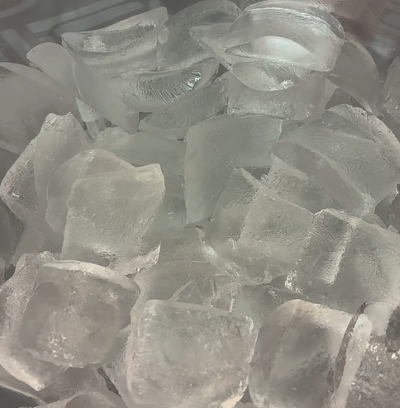
Bullet shape ice cubes:
Its hollow structure gives it a large contact area with the beverage, allowing it to cool down quickly. It has a crisp texture and is suitable for chewing, and melts faster than ice cubes. It is suitable for use in fast food restaurants and ice drink shops, and is more commonly used in home ice machines.
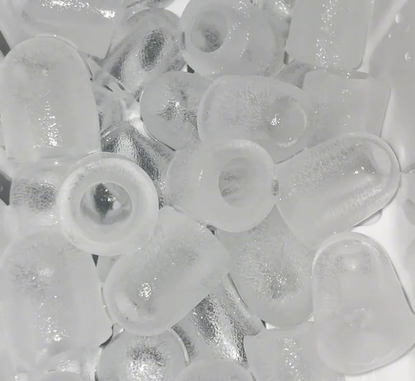
Commercial 25kg/24h Bullet Ice Cube Maker IM-25
Marchef Commercial Ice Cube Maker provides a convenient ice cube solution for your home or business!
2. Determine Your Ice Production Needs
Every restaurant has different ice requirements based on the volume of customers you serve and your specific needs. Before purchasing an ice maker, assess how much ice you’ll need on a daily basis. To determine this:
Estimate daily ice usage:
Start by considering your busiest hours and how much ice you typically use per drink or dish. For example, a bar might need more ice for cocktails than a casual dining restaurant.
Consider peak demand:
Ice machines should meet your peak demand without running out. Restaurants with heavy traffic may require ice makers capable of producing anywhere from 500 pounds to several thousand pounds per day.
Account for storage:
Don’t forget that the ice maker you choose must work with your storage capacity. Ice machines often come with built-in storage bins, or you might need a separate freezer or bin to hold the ice.
3. Choose the Right Size and Capacity
The size of the ice maker you choose should align with the amount of ice your restaurant needs to produce. Ice makers are available in a range of sizes, from compact countertop models to larger stand-alone units.
Compact Ice Makers:
These are ideal for smaller restaurants, bars, or cafes that don’t require massive ice production. They’re perfect for establishments with limited space or moderate ice usage.
Modular Ice Makers:
Larger restaurants or those with high ice demand should consider modular systems, which include separate ice production units and storage bins. These systems allow you to scale up production if needed and can handle higher volumes of ice.
4. Consider Installation and Maintenance
Before making your final decision, think about where the ice maker will be installed. Some models require a direct water line, while others use a built-in reservoir. In addition, ensure that there’s enough space for ventilation, especially with air-cooled units.
Air-cooled vs. Water-cooled:
Air-cooled ice makers are more common and require less maintenance, but they can generate heat and are less efficient in hotter environments. Water-cooled models are more efficient in terms of energy consumption, especially in high-demand settings, but they require access to a continuous water supply and are typically more expensive.
Ease of Maintenance:
A good ice maker should be easy to clean and maintain. Look for models that come with self-cleaning features, which can help reduce labor time and improve hygiene. Regular cleaning is essential for ensuring the quality of the ice and the longevity of the machine.
5. Energy Efficiency and Cost Considerations
Ice machines consume a significant amount of energy, and as energy costs continue to rise, investing in an energy-efficient model can save your restaurant money in the long run.
Energy Star Certification:
Look for ice makers that are Energy Star certified. These machines consume less energy without sacrificing performance, which can significantly reduce operating costs.
Initial Cost vs. Long-Term Savings:
While energy-efficient models may cost more upfront, they will save you money on utility bills over time. Factor in the long-term savings when comparing different ice makers.
6. Think About Your Ice Machine’s Durability and Warranty
A commercial ice maker is an investment, so choose one from a reputable manufacturer known for durable products. Ideally, your ice maker should come with a solid warranty (typically 1 to 3 years) . A long warranty is a good sign of the manufacturer’s confidence in their product’s longevity.
Conclusion
Choosing the right ice maker for your restaurant is a crucial decision that can affect your operations, customer experience, and bottom line. By considering factors like ice type, production capacity, size, installation needs, and energy efficiency, you’ll be better equipped to select an ice maker that fits your unique requirements. Remember, a reliable ice maker can not only help you keep up with high demand but also ensure that your customers enjoy the perfect ice in every drink and dish.
Whether you need a compact countertop model or a high-volume modular system, take the time to assess your restaurant’s ice needs and choose wisely to keep your business running smoothly all year round.

